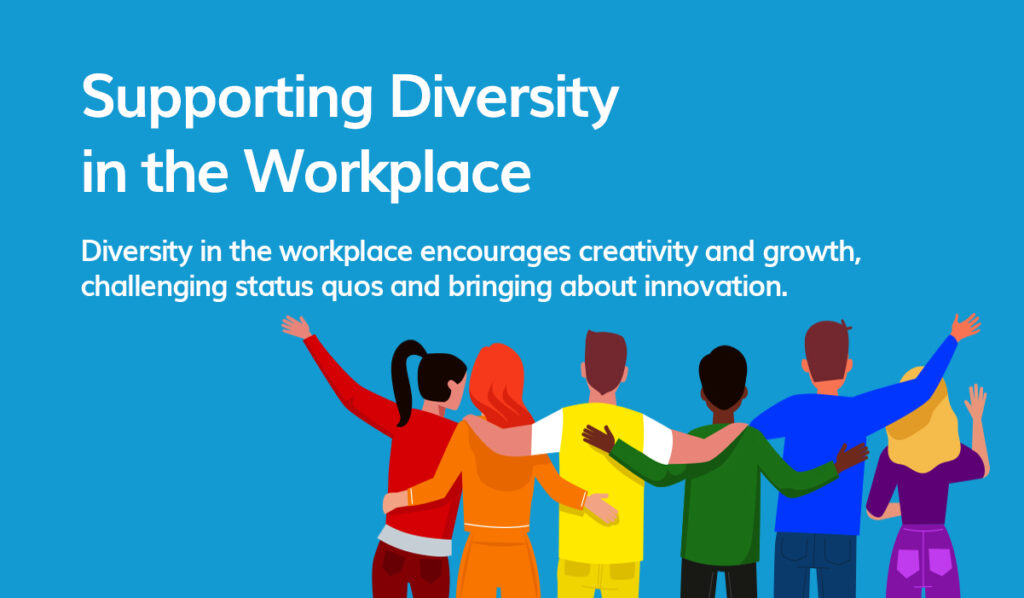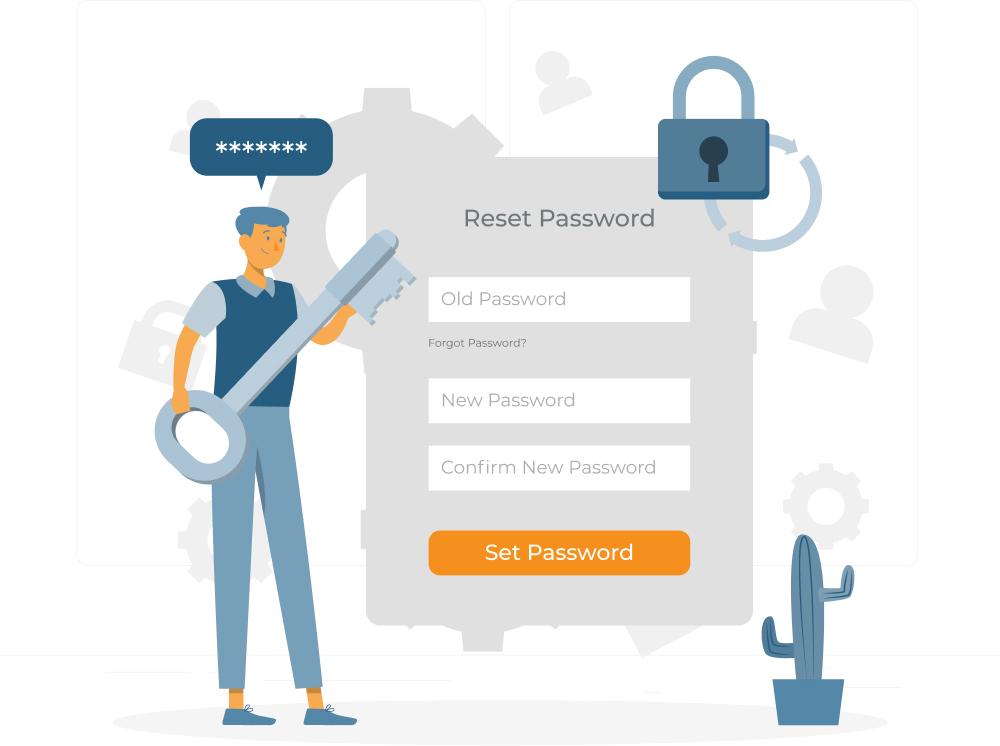With June being Pride Month, it’s only natural that one of our articles be dedicated to diversity and inclusion in the workplace. Diversity and inclusion are not just the words of the hour and are definitely more than just a trend, but what do they really mean and how can we truly implement this culture in the workplace? A company that fosters this culture employs individuals with different characteristics, ensuring that it is inclusive by accepting and giving equal opportunities to people of diverse genders, age, race, culture, sexual orientation, abilities, religion and more.
 Different perspectives
Different perspectives
Diversity in the workplace is important at so many levels and definitely a big step in making the (working) world a better place. Beyond the obvious humanistic level, an inclusive workplace makes an attractive workplace. A Glassdoor survey found that an overwhelming 76% consider diversity an important factor to consider when searching for a job.
Not only that, but diversity encourages creativity and growth. Whilst it may feel comfortable and reassuring to surround yourself with like-mindedness and familiarity, it is in fact diversity that challenges status quos and brings about innovation. The different perspectives encourage other employees to go beyond their own boundaries, to see things differently, to be more open-minded and empathetic, to break down preconceived ideas, to learn – the list is endless. This can only bring about good things.
Start at the top
A culture change always needs to start at the top and trickle down, and this is no different. Changing a mindset is not an easy task and takes time. Things that may seems small and meaningless, such as greeting the team with ‘Hi everyone!’ instead of ‘Hi guys!’ do make a difference over time.
So don’t be overwhelmed – start small, introducing changes gradually. Once the ball starts rolling, one thing will lead to another until it hopefully becomes second nature and genuinely woven into the fabric of the company culture. Of course there are several benefits for the business itself, but that’s not the agenda here.
Don’t just talk, act
If you want change to happen, then you need to start somewhere. So in what ways can you foster a culture of diversity and inclusion as an employer? Here are some ideas:
Take all discrimination seriously…
…even when it seems harmless. Microagressions make people feel uncomfortable – uncomfortable to be themselves and ultimately to work in such a place. Take a stand when you hear homophobic, black or misogynistic jokes being told for example. “It’s just a joke”, doesn’t quite cut it here and it’s a passive-aggressive way to demean others.
Also, don’t make assumptions. Assumptions may put people in an unenviable position of having constantly having to explain themselves, or just keeping quiet about their true selves. For example, avoid asking about a wife or husband in small talk, and stick to partner.
Adopt a gender neutral approach
You can start by changing your bathroom signs. For example, hang signs that say ‘For those that identify as…’ on each door. In this way, transgender and genderfluid employees needn’t feel uncomfortable every time they need to use the bathroom. Alternatively, you can remove the signs completely so bathrooms can be used by anyone.
Also, check that your HR systems and job posts are inclusive of all employees’ genders and pronouns.
Create awareness
Theme weeks to create awareness about different cultures and demographics. You can have a week dedicated to Black History or another to Women’s History, as an example. Also celebrate holidays and feasts pertaining to different cultures and religions, allowing time off for employees to whom these are significant. This approach will also educate the other employees about differences and that they should be celebrated.
Organise events for everyone
When organising office get togethers or teambuilding events, see that the event is at an appropriate time for everyone to be able attend. Organising regular events after work / outside office hours could not be the ideal time for a single mother or father, for example.
Check your visuals
What demographics are represented in your photos on your social platforms and website? If your visuals don’t feature people from different walks of life, then candidates can interpret that as a sign that your company is not championing a diverse and inclusive culture.
Be self aware
Understand your own unconscious bias, something which lurks beneath the surface and is often incongruent with our conscious beliefs. Being aware of it is the first step to changing it. Also encourage others within the company to be aware of their own so that every time they stereo-type, the can catch themselves and change the pattern.
Listen to employees
Most importantly, listen to employees and what really matters to them, and support them. Learning from lived experiences is without a doubt the best way to learn how to create a diverse and inclusive workplace.
Embrace the difference
The above list is far from exhaustive and are just a few suggestions to get the ball rolling. Whether you do just one of these or have your own ideas, it’s starting that’s important. Ultimately, the goal is the create a place where all employees feel comfortable to be themselves and to take away their stress of them having to pretend to be somewhere else at work. Can you imagine how exhausting that is, especially considering we spend such a large part of our day at the office?
The workplace should be a space where employees are treated equally and everyone feels included. Embrace the difference. Acknowledge the difference. Learn and grow from it, for as mentioned above, only good things can come from this.
Let us know what you think and how your workplace supports diversity.

